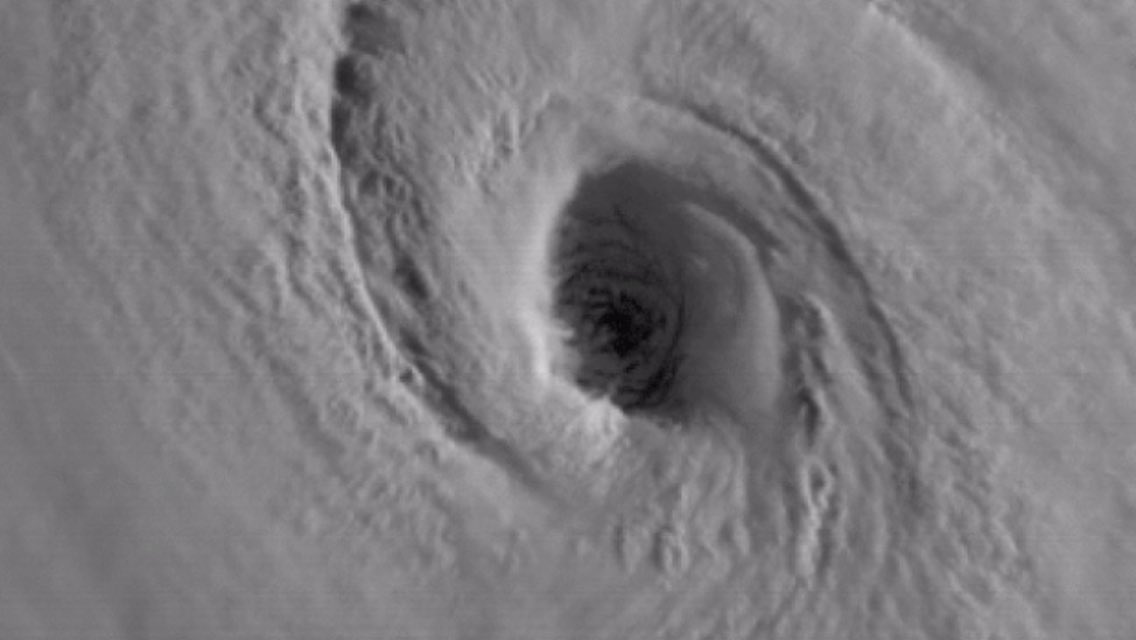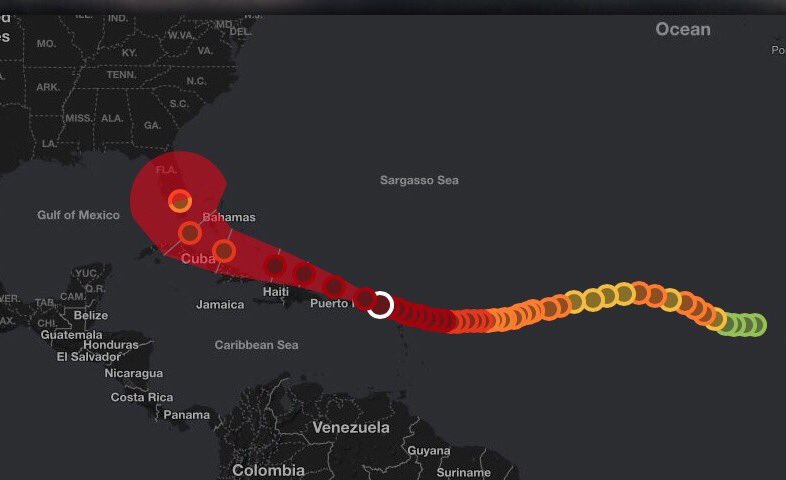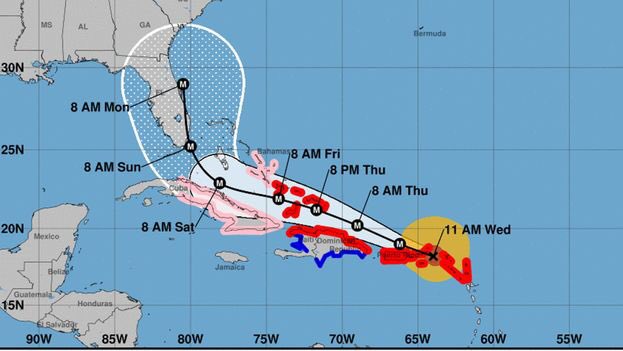@drawandstrike @ThomasWictor @HNIJohnMiller @catesduane @rising_serpent @_ImperatorRex_ @Debradelai @GodlessNZ @almostjingo @TheChillum
fema.gov/news-release/2…
--Federal Coordinating Officer Michael Byrne
After Hurricane Maria, Puerto Rico had no electricity, no water, no telecommunications and no transportation systems.
The response to Hurricane María was unprecedented. It was the largest and longest federal response to a domestic disaster in the history of the United States. To put María’s impacts into context, this has been:
The largest disaster commodity distribution mission in U.S. history;
The largest sea-bridge operation of federal disaster aid in U.S. history;
One of the largest disaster medical response missions in U.S. history; and
One of largest disaster housing missions in U.S. history.
After María, Puerto Rico’s entire electrical grid failed. Nobody had power. In 30 days, 21 percent of customers were restored to power; in 60 days, 49%; in 90 days, 65%. Today, power has been restored to 99.99% of customers able to receive an electrical hookup.
More than 462,000 households have received a total of $1.4 billion in FEMA Individual Assistance for essential home repairs, rental assistance and other disaster-related costs.
Puerto Rico’s Central Office of Recovery, Reconstruction and Resiliency reports that 74 of the island’s 78 municipalities have selected recovery projects to help build future resiliency,
13.8 million liters of water
3.8 million meals
630 generators
20,000 blankets
270,000 tarps
73,500 rolls of plastic sheeting






